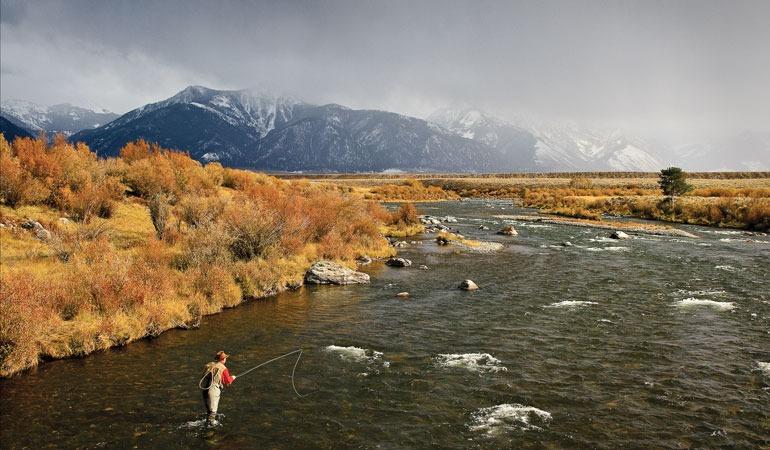
The Green Paradox: Can More Recreation Lead to Better Conservation?
In this blog, I explore the complex and often conflicting relationship between outdoor recreation and wildlife conservation, drawing from my personal experiences growing up in Bozeman, Montana—once a quiet outdoor haven now facing rapid growth. Through reflections on booming mountain towns like Bozeman, Canmore, and Sun Valley, and a deep dive into recent research on recreation noise and wildlife disturbance, I challenge the popular narrative that more public access automatically leads to better conservation outcomes. By integrating personal insight, ecological principles, and current scientific literature, this piece questions whether our pursuit of nature might be contributing to its decline, and advocates for a balanced, management-oriented approach to preserving the wild spaces we hold dear.


